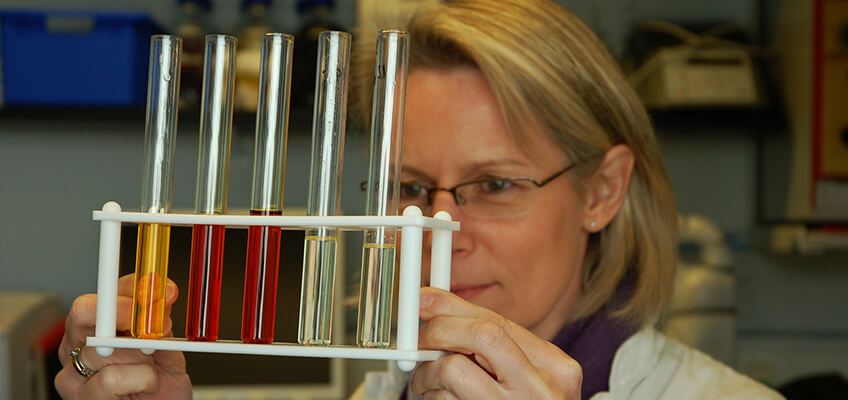
know-how about oil
Any type of equipment using oil for power transmission or lubrication will be affected by the condition of the oil. Oil comes into contact with all the other system components, and can thus be a carrier of contamination sources.
Knowledge about oil starts with the basic differentiation between the organic oils used for cooking and the mineral oils used as lubricants in a wide range of applications. There are also synthetic oils produced from either mineral oil or natural gas, and then modified to suit highly specific purposes.
The three basic steps to working with oil are:
- Study the application
- Select the right type of oil
- Maintain the oil properly
Studying the application means understanding how equipment works and what the oil should do. Understanding the surfaces and the contamination sources is a basic requirement, but it is also important to know working conditions, temperatures, etc., in order to choose the right oil.
Once the application has been studied you can select the right type of oil. Contact oil companies or independent specialists to find out which oil is best-suited for your application - do not always trust the instructions from equipment manufacturers.
Finally, you must maintain the oil, both safely and effectively, while keeping moisture to a minimum and fighting particles.
Please feel free to download our Clean Oil Guide.